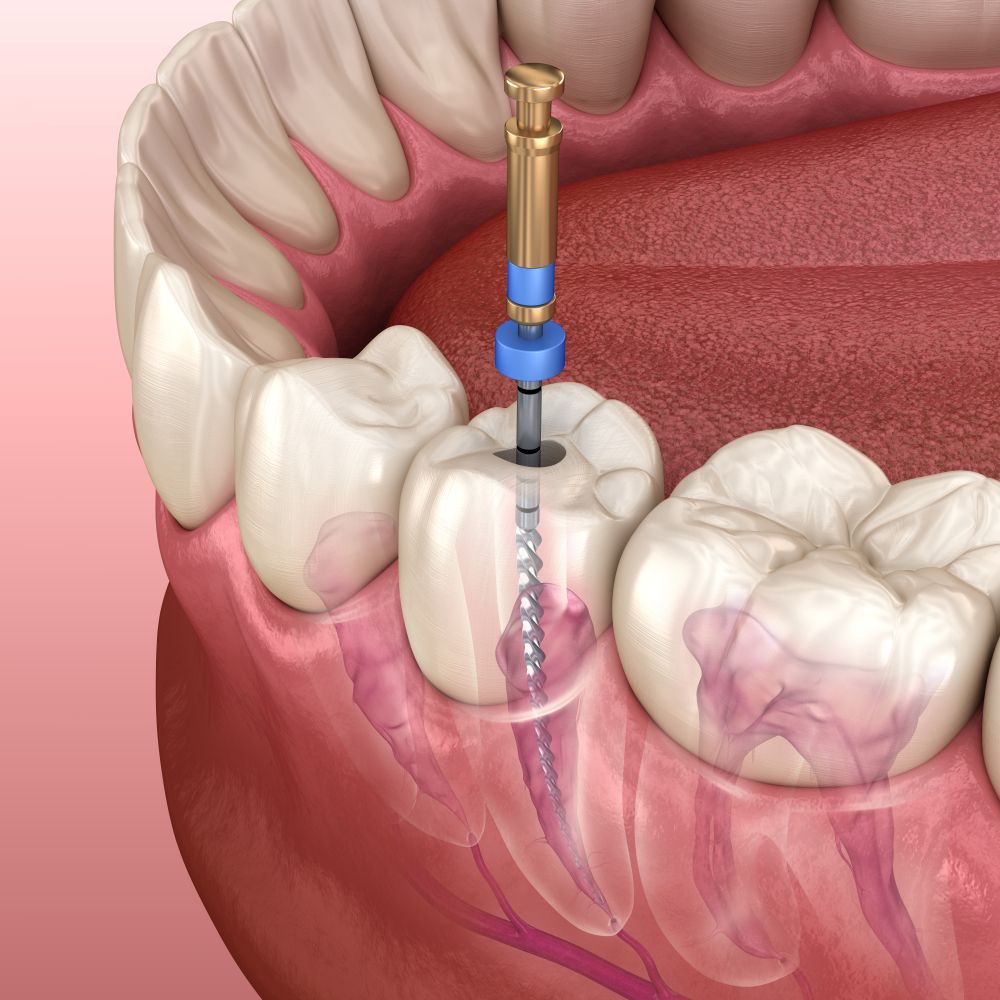Bridges, Crowns & Root Canal in Townsville
Contact Us
Root Canal Procedures
A root canal is one of the most common dental procedures performed to save your natural teeth and prevent the need for expensive
dental implants or bridges. It involves removing the infected part of a tooth and filling it with a composite material.
At Aspire Dental in Townsville, we perform root canals and fit bridges and crowns. For more information or to set up a consultation, call our clinic at
1300 002 774.
Bridges
A bridge is a device used to replace missing teeth. It attaches artificial teeth to adjacent natural teeth, called abutment teeth. Bridges are either permanently attached (fixed bridges) or can also be designed to be removable.
Crowns
A crown is necessary when a tooth is damaged due to decay or trauma and cannot be repaired with a filling. Crowns are made from different materials, but porcelain crowns are the most popular because they are the most natural looking. A crown, sometimes referred to as a cap, is used to build up tooth structure so that it can function as a natural tooth.









